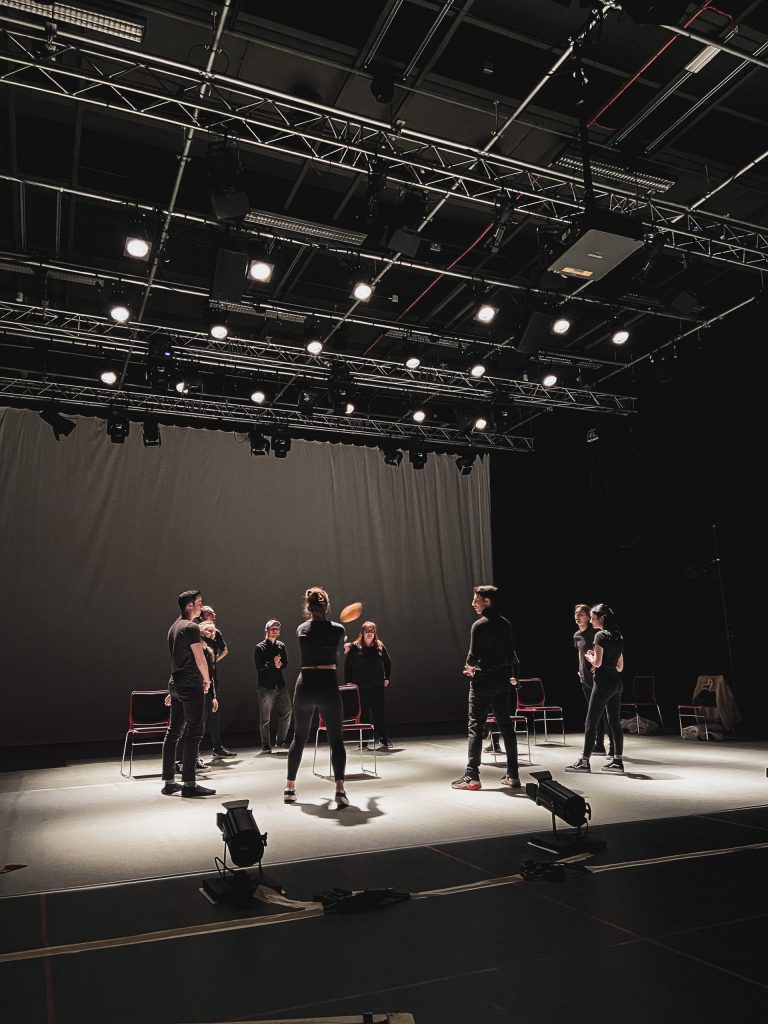
The history of theatre covers the entire evolution of modern theatre. This evolution has included a dramatic theatrical presentation, dramatic acting, dramatic writing, dramatic music and the choreography of movement. While each of these different elements have their roots in the history of drama, all of these elements find their place today in modern-day theatre as well. It is also important to remember that the history of theatre spans much further back than the written word as oral stories have shaped many of our modern customs.
The history of drama itself can be divided into four major eras in the early nineteenth century. These were the dawn of the new century, the industrial revolution and the golden age of the theatre. The first two eras in the history of theatre saw developments that were the result of technological advances.

The Industrial Revolution saw the birth of mass-manufactured drama books, theatrical spectacles and other theatrical components. However, the real advancements in the history of drama were the result of changes in the social and cultural norms of the time. These included the introduction of the word ‘show’, the development of the stage, the development of the medium and the rise of the film industry. With these key developments in the history of drama, came new terms and new ideas which defined the nature of the drama itself.
The nineteenth century witnessed the beginnings of the twentieth century and the birth of social theatre’. Social theatre is the term used to describe contemporary dramas which include plays, musicals, ballets and operas inspired by the culture and lifestyle of the individual actors and audience in their respective roles. During the first half of the twentieth century, the production of drama was increasingly commercialized, which in turn led to the splitting of the performing arts into ‘performance theatre’ and ‘art theatre’. The separation helped new theatres to develop new forms and styles.

During the twentieth century, new developments such as colour printing gave way to the ‘green screen’. This brought about a dramatic reinvention of theatre, which would no longer be constrained by traditional rules such as the four-act play. The increasing popularity of television and the advancement of cinema has also had an enormous impact on the history of drama, with movies being produced faster than ever before. Today, theatre enthusiasts and historians can enjoy a well-rounded view of the history of drama through the many programmes broadcast on television.
